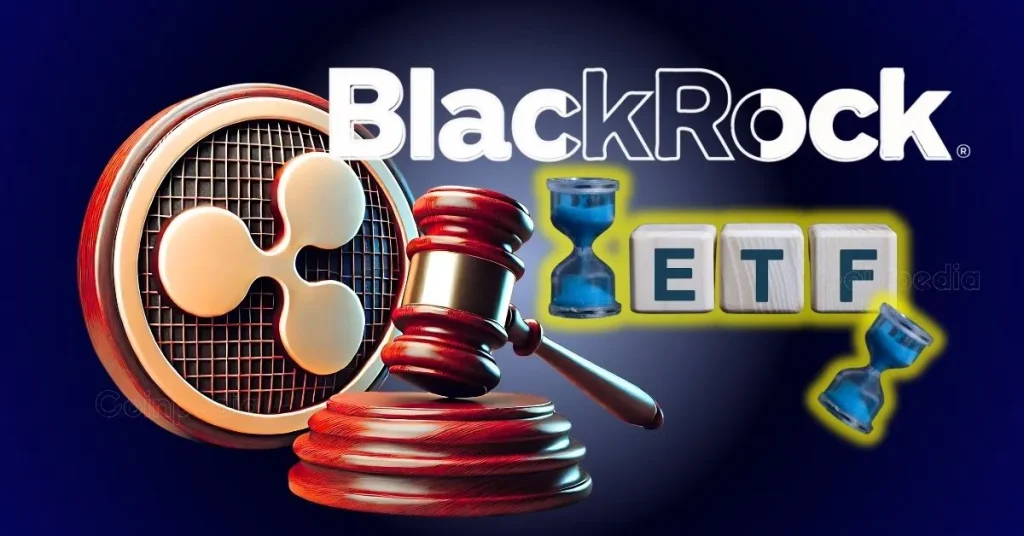
The post Ethereum Staking is Problematic, Says Cardano Founder C.Hoskinson appeared first on Coinpedia Fintech News
Most crypto projects that are based on Ethereum (ETH) utilize the Proof-of-Stake (PoS) consensus mechanism for securing their blockchains and incentivizing network participants. However, each blockchain has its own set of rules for its staking program, which includes the percentage yield for participants.
As blockchains strive to secure their networks through staking, some rules, such as slashing, have been deemed harsh towards unsuspecting participants.
Slashing is a PoS functionality that entails the forfeiture of staked cryptos for nodes that do not fulfill their obligation in maintaining the smooth functioning of the network. The lost cryptos from slashing can be distributed to other stakers or sent to a burn address.
It has been reported that the United States Securities and Exchange Commission is developing a policy to ban crypto staking for retail investors. Brian Armstrong, the Co-founder, and CEO of Coinbase Global Inc. have expressed his concern about the rumors.
“We’re hearing rumors that the SEC would like to eliminate crypto staking in the U.S. for retail customers. I hope that’s not the case as I believe it would be a disastrous path for the U.S. if that were to happen,” Armstrong said.
Ethereum vs Cardano Staking
In response to Armstrong’s comments, the Chief of Cardano indicated that there are problems with Ethereum’s staking program. Notably, over 16 million staked ETHs cannot be withdrawn until the Shanghai upgrade.
This has caused some analysts to raise concerns about the trend of ETH developers toward making ETH secure. According to Hoskinson, the Ethereum network forcibly locks its customers’ assets, leading to centralization.
The only difference between Cardano and ETH staking is that the latter does not allow users to withdraw locked assets. As such, CTO Larsson cautioned Hoskinson to avoid throwing petrol to the neighbors fire.

 2 years ago
106
2 years ago
106














 English (US) ·
English (US) ·